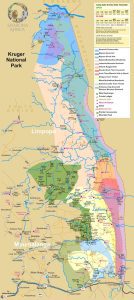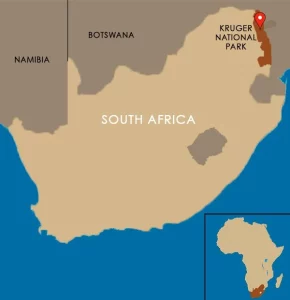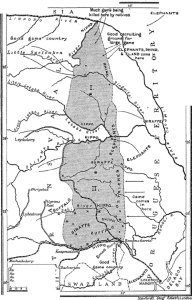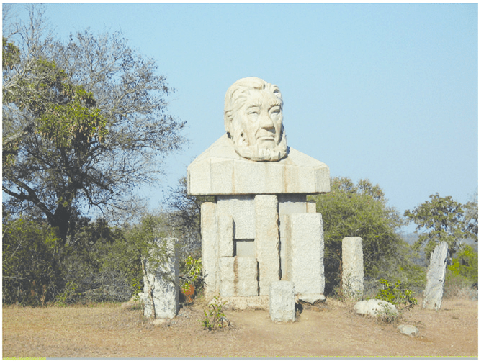The Kruger National Park: A Short History of Paradise
A Journey Through Time: The History of Kruger National Park
Introduction
The Kruger National Park, located in the northeastern corner of South Africa, is a symbol of conservation, biodiversity, and natural beauty. Spanning over two million hectares, it stands as one of the world’s largest game reserves, attracting nature enthusiasts, researchers, and tourists from across the globe. Its rich history, dating back over a century, mirrors the evolution of conservation efforts and the changing perspectives on wildlife protection.
Early Beginnings:
The story of Kruger National Park begins in the late 19th century when the region was still known as the Transvaal. It was during this time that the need for conservation and protection of the region’s wildlife became evident. European settlers, eager to exploit the land’s abundant resources, posed a significant threat to the area’s wildlife populations. Recognizing the urgency of preserving this natural treasure, various individuals and groups advocated for the establishment of a protected area.
Formation and Early Challenges:
In 1898, President Paul Kruger of the Transvaal Republic took the first step towards establishing a protected reserve by proclaiming the Sabi Game Reserve. The primary objective was to safeguard the dwindling populations of iconic species like rhinoceros and buffalo. However, the reserve faced numerous challenges, including political instability, the Second Anglo-Boer War, and insufficient funding. These difficulties hindered the park’s growth and effectiveness.
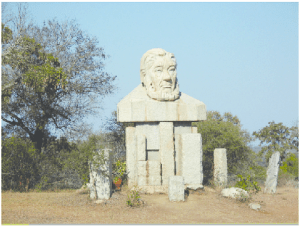
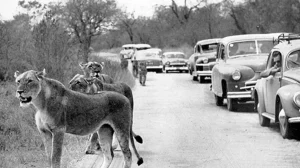


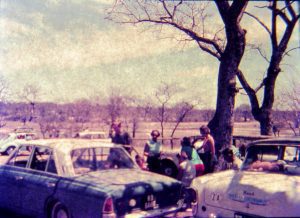
The Vision of James Stevenson-Hamilton:
The turning point in Kruger National Park’s history came with the appointment of James Stevenson-Hamilton as its first warden in 1902. His passion for conservation and tireless efforts to protect the region’s wildlife earned him the nickname “Skukuza,” meaning “he who sweeps clean” in the local Tsonga language. Under his leadership, poaching was vigorously combated, infrastructure was improved, and the park began to take its modern shape.
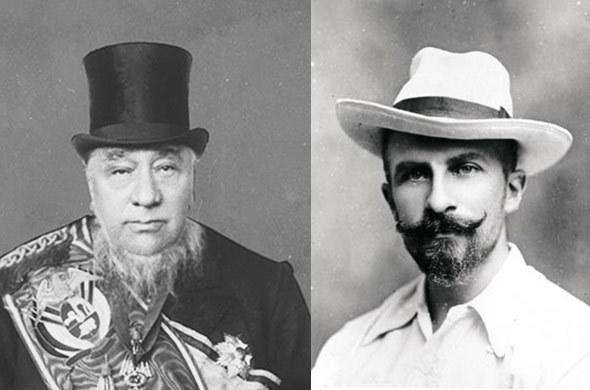
The Kruger National Park:
In 1926, the Sabi Game Reserve was merged with the Shingwedzi Game Reserve, creating the Kruger National Park. This expansion marked the park’s official establishment, and it was named after President Paul Kruger, whose vision had initiated the conservation efforts in the region.
Challenges and Growth:
Throughout its history, Kruger National Park has faced numerous challenges, including habitat loss, poaching, and disease outbreaks. However, it has continuously evolved to address these threats. Community involvement, anti-poaching efforts, and wildlife research have become integral components of the park’s mission.
Today, Kruger National Park is not just a conservation success story but also a global model for sustainable wildlife management. Its diverse ecosystems support a wide variety of wildlife, including the iconic Big Five – lions, elephants, buffalo, leopards, and rhinoceros. The park also plays a crucial role in scientific research and environmental education.
Conclusion:
The history of Kruger National Park reflects the changing perspectives on wildlife conservation and the enduring commitment to preserving Earth’s natural treasures. From its humble beginnings as the Sabi Game Reserve to its current status as a world-renowned conservation icon, Kruger National Park stands as a testament to what dedicated individuals and a global community can achieve when working together to protect and cherish our planet’s incredible biodiversity. As we look to the future, the park’s history serves as an inspiration to continue our efforts to conserve and protect our natural heritage for generations to come.
